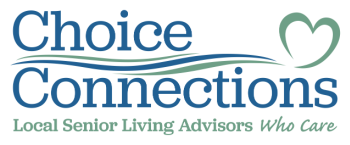How to Differentiate Between Types of Senior Housing
Have you tried to navigate the world of senior housing alone? If so, you likely discovered that it is complicated. This guide will help to explain the different levels of care and what each option provides. It represents the most common options for senior living in Minnesota.
1. 55+ Senior Apartments
Independent senior living offers the convenience of apartment living in an age restricted environment. This is a step toward downsizing from a single-family home, because maintenance free living makes it attractive. With many opportunities to socialize. They have community rooms, fitness centers, libraries, underground parking, and guest suites are common amenities. Tenants can hire home care for health services since it is not provided. Other types of housing are:
- Subsidized housing
- Cooperative
- Affordable housing
- Catered living
2. Assisted Living Facilities (ALF)
When care is needed, assisted living is a great option. These facilities fall into one of two licensures. Assisted Living Facility and Assisted Living Facility with Dementia Care. There are minimum requirements for staffing levels. Most important there’s always someone to respond to an emergency 24 hours a day, 365 days a year. Also a licensed nurse must be reachable by phone. Overall, assisted living offers all the amenities of an independent living and much more.
- Assisted Living with Dementia Care is a separate license. Importantly, there are additional regulations for dementia care. Training requirements are one of many. Especially important, to live in a memory care a person must have a diagnosis of cognitive impairment.
3. Residential Care Homes
Meanwhile, there are many homes in neighborhoods that are licensed to care for older adults. You may even have one on your block. Overall, most offer private bedrooms with shared bathrooms. This is a great option for people who need more staff supervision. Because they’re more caregivers to residents than other senior living settings.
4. Skilled Nursing Homes
Lastly, skilled nursing homes must have a licensed nurse present 24 hours a day. They have a transitional care unit that provides rehabilitation. And a long-term care unit where people stay when they have complex medical needs. Some examples of these are feeding tubes, wound care, and IV antibiotics.
If you are interested in learning which type of setting is best for you or a loved one, we can help. Visit our website at www.choiceconnectionsmn.com for more information.

